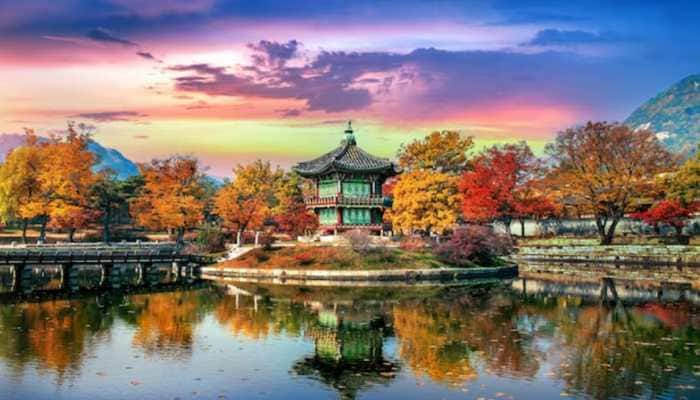Bengaluru floods: 37,000 water bodies encroached upon across India, shows govt data
According to information provided by the Jal Shakti Ministry, about 37,000 water bodies in India have been encroached upon. Even though Uttar Pradesh has recorded the most encroachments.
- Bengaluru is going through one of the worst rains in recent years
- The electrocution of a young woman after her scooty skid on a flooded road has raised the temper
- Jal Shakti ministry data shows close to 37,000 water bodies in India have been encroached upon
Trending Photos
) File photo
File photo New Delhi: The floods in Bengaluru have revived the debate on rampant filling up of water bodies and unplanned constructions on lake beds, often in connivance with authorities. Water bodies provide an exfil route for rainwater that otherwise stagnate on streets and in residential localities – exactly what India’s famed IT hub is facing at the moment. Bengaluru is going through one of the worst rains in recent years, and the electrocution of a young woman after her scooty skid on a flooded road has raised tempers. Rescue personnel are out with boats evacuating residents, even as the death toll is rising. Environmentalists say this was a disaster waiting to happen due to rampant urbanisation at the cost of ecology. Filling up or drying out water bodies and encroachment on lake beds is common in every city due to the pressure of accommodating a bulging population.
Data available with the Jal Shakti ministry shows close to 37,000 water bodies in India have been encroached upon. Though the highest number of encroachments have been reported from Uttar Pradesh (15,301), the southern states fare no better in this regard. Tamil Nadu (8,366), Andhra Pradesh (3,920), Telangana (3,032) and Karnataka (948) rank among the 10 states with the highest water body encroachments.
In percentage terms, Punjab ranks at the top with almost 10 per cent of its water bodies encroached upon – Tamil Nadu (7.82 per cent), Uttar Pradesh (6.24 per cent) and Telangana (4.73 per cent) come next.
Centre’s water conservation schemes
The Centre has come up with several water conservation projects, apart from boosting existing ones. It is providing financial assistance to states under ‘Pradhan Mantri Krishi Sinchayee Yojana – Har Khet Ko Pani’ and ‘Atal Mission for Rejuvenation and Urban Transformation (AMRUT).
The Union government also launched the ‘Jal Shakti Abhiyan’ in 2019, followed two years later by ‘Jal Shakti Abhiyan: Catch the Rain’ in all districts of the country. These projects aim to renovate traditional and other water bodies/tanks, audit and geo-tagging all water bodies, remove encroachments and de-silting of tanks.
The ‘Mission Amrit Sarovar’, aimed at developing and rejuvenating 75 water bodies in each district as part of Azaadi ka Amrit Mahotsav celebrations, was launched in April this year. Apart from these, MNREGS also has provisions for water conservation works via dykes, dams and rainwater harvesting.
Stay informed on all the latest news, real-time breaking news updates, and follow all the important headlines in india news and world News on Zee News.
Live Tv







)
)
)
)
)
)
)
)
)
)
